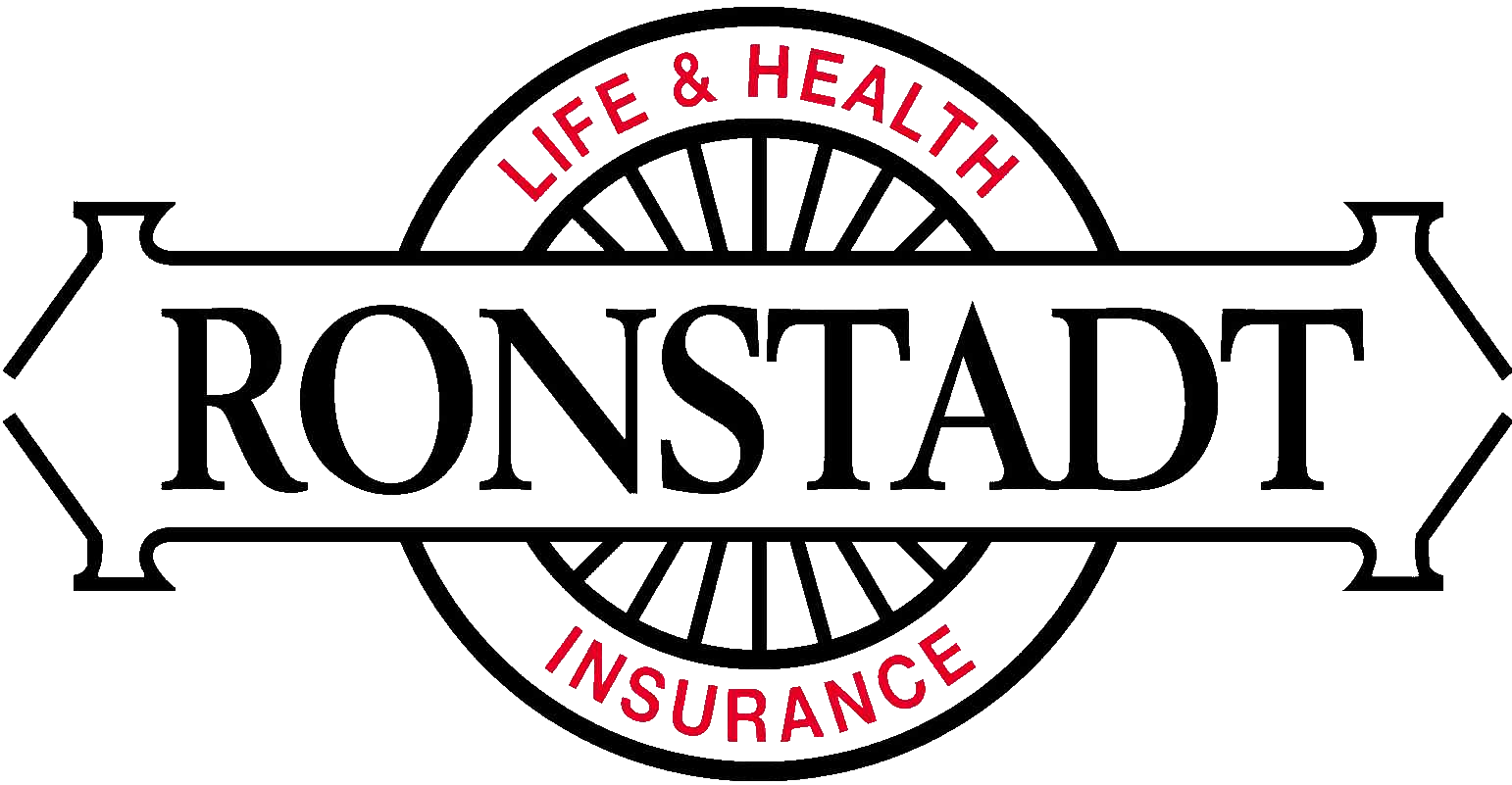DOL Releases Final FMLA Regulations
On Feb. 6, 2013, the Department of Labor (DOL) marked the 20th anniversary of the signing of the Family and Medical Leave Act (FMLA) by releasing a set of final FMLA regulations. The final regulations, which become effective on March 8, 2013, implement two statutory expansions of FMLA leave protections. According to the DOL:
- The first expansion provides families of eligible veterans with the same job-protected FMLA leave currently available to families of military service members and it also enables more military families to take leave for activities that arise when a service member is deployed.
- The second expansion modifies existing rules so that airline personnel and flight crews are better able to make use of the FMLA’s protections.
In connection with the final regulations, the DOL indicated that it has updated some . . . to download the rest of this information click the file below.
DOL Issues Final FMLA Regulations Ronstadt Insurance

















